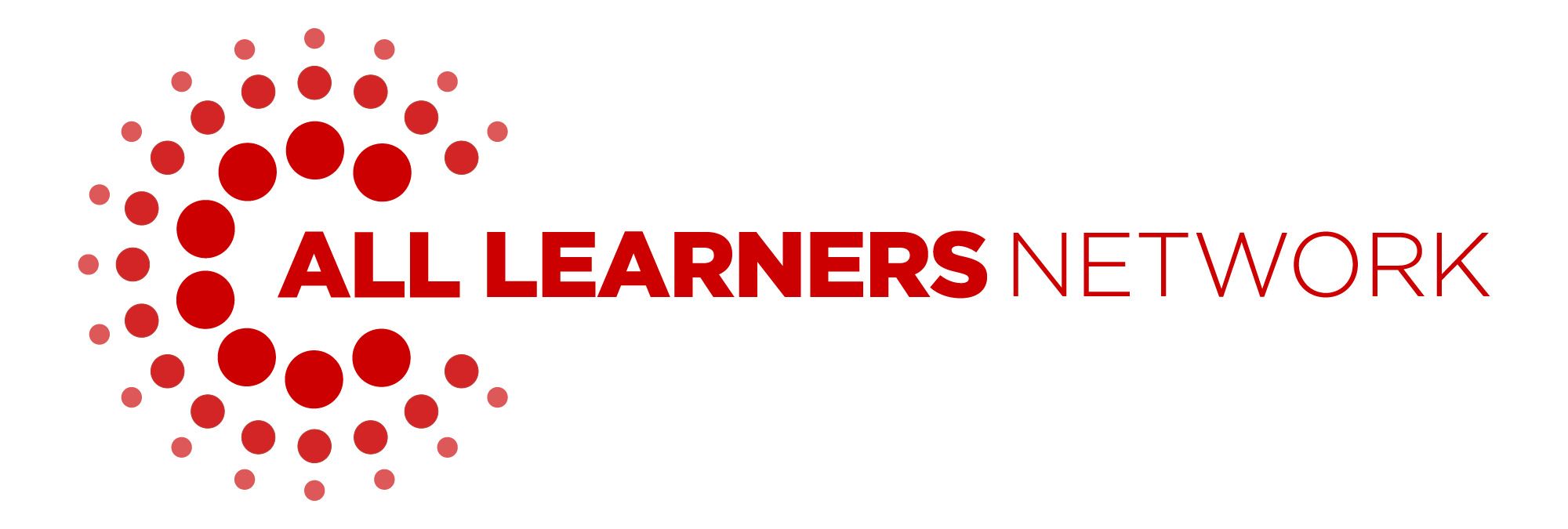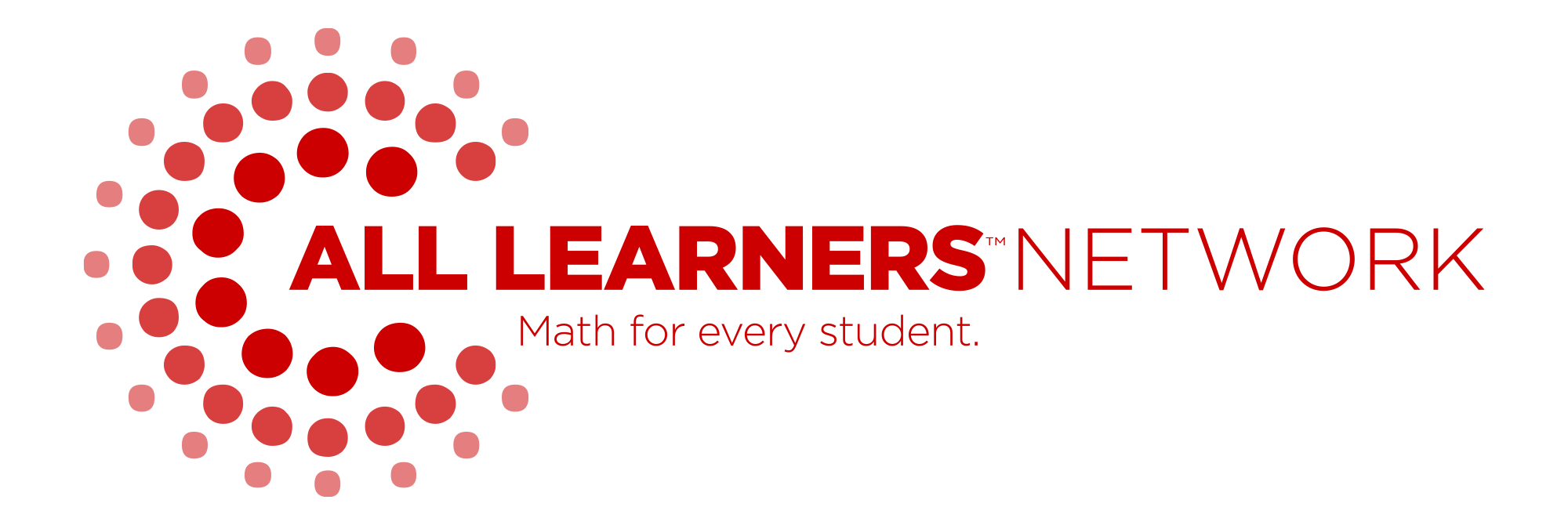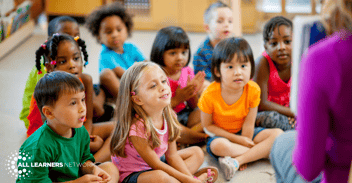
Building Confidence and Increasing Inclusion Through Launch
What is inclusion in a classroom really? Inclusion is talked about in education in many different ways and takes on many different forms. Inclusion is more than just being in the room. It is more than ‘just’.
Inclusion is a celebration of differences. It is a deep sense of belonging. It is academic access and social acceptance, empathy, compassion, and success. Inclusion allows all students to build a math identity that reflects capability, confidence, and capacity.
This is a story about inclusion.
I have had the privilege of collaborating with an amazing 4th-grade teacher in Vermont. This teacher and I have been collaborating to support discourse and inclusion in her math classroom through Launch and number sense routines. Launch is the first five to fifteen minutes of the All Learners Network (ALN) math block and is a place to build culture and belonging through accessible math tasks where all students can delve into the world of mathematical thinking. From the beginning of the year, this teacher’s class culture began to shift with Launch routines. More and more students began to independently engage and more voices were elevated through her inclusion of turn and talk (think-pair-share) routines. The teacher’s use of different types of Launches called students into their math experience and their enthusiasm, agency, and ownership of learning increased. The students made sure their teacher did Launch every day. For one student, this collective shift would prove particularly impactful. Early on in this process, the teacher shared that a student on the autism spectrum in her classroom struggled to connect with peers and participate in all areas of their community, until Launch. Around the end of October, this student showed up to class with organized bags of pumpkin seeds and pictures and asked if he could share a How Many? Launch routine with his classmates. This routine was open-ended and engaged students in estimation. The teacher celebrated his enthusiasm and supported his Launch routine.
Since that moment his engagement in all parts of the day shifted. His participation and willingness to talk with his peers increased, especially in Launch. He shared continued enthusiasm for his peers’ Launch creations. His openness to social discourse with his peers and teachers became more independent and successful. He began taking risks with his ideas in other subjects which led to more and more academic success. Because of his risk-taking and engagement, more and more students in this class started making Launches for each other and were given the chance to share them. Students, who at the beginning of the year did not see themselves as “good at math”, began creating Launches for the class to experience. All students slowly started to see themselves as mathematicians.
This one part of their math block opened a door to inclusion and access for not just this one student, but for a community of children to learn about each other and their interests. At the end of the school year, I talked with her about a Launch project to capture their enthusiasm. They accepted the challenge and made a series of 'nature launches'.
Here are a few examples of what they created:
- How many dandelions?
- How many twigs are there?
- Which one does not belong?
- How many wood chips are there in the heart?
Please feel free to use their images with your class and allow their story of inclusion to be shared and celebrated!
Just being in the room is never enough. It is through the skillful facilitation of routines like Launch within a balanced math block that allows students a way to belong. A way to engage. A way to connect. To know they are mathematicians with important ideas to share. This educator saw the potential for this connection and leveraged it to bring all the students in her community together.
The result is anything but ‘just’. This is one of those critical moments in education where a child's life is changed. Where a sense of true belonging and inclusion led to a community of students that learned what it means to celebrate and understand each other, connect, and learn together as the capable mathematicians they all are and always will be.
Click here for the printable version.
What Now?
- Download and explore the ALN Math Lesson Structure.
- Learn more about Launch and sign up for an All Learners Online Membership (now two levels to choose from!).
- Bring All Learners Network (ALN) into your school or district for embedded professional development.

All Learners Network is committed to a new type of math instruction. We focus on supporting pedagogy so that all students can access quality math instruction. We do this through our online platform, free resources, events, and embedded professional development. Learn more about how we work with schools and districts here.




